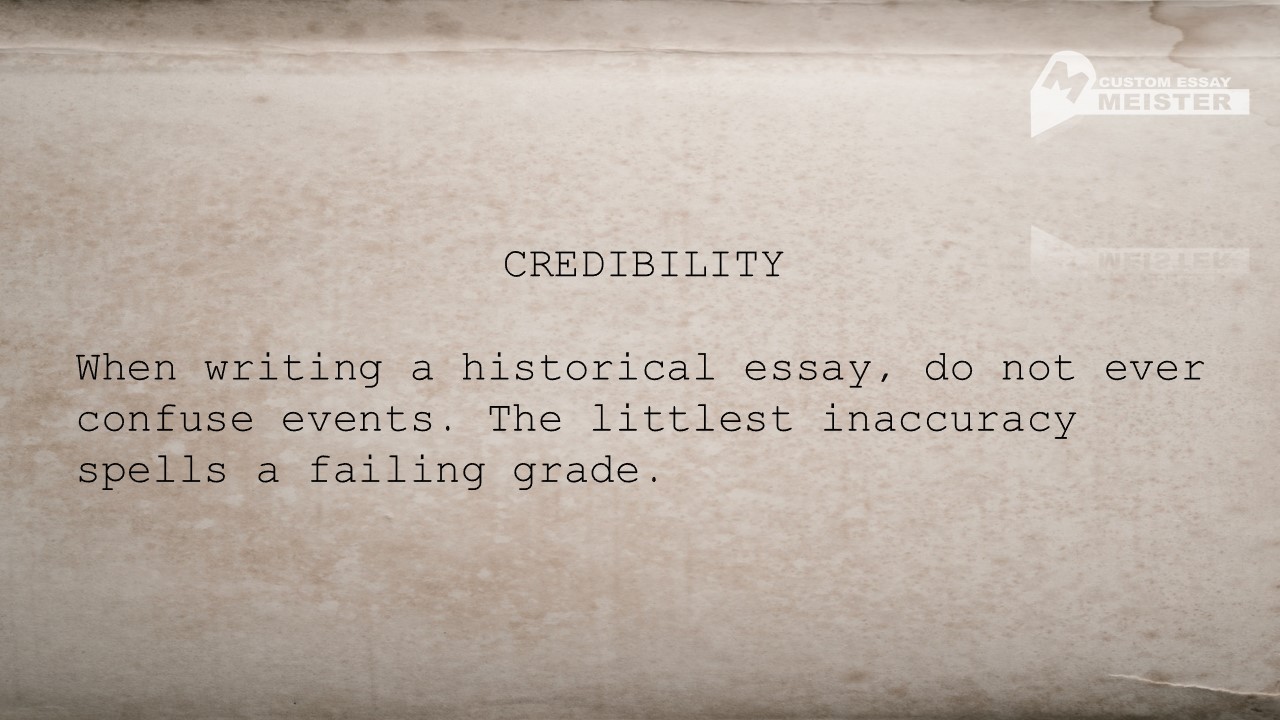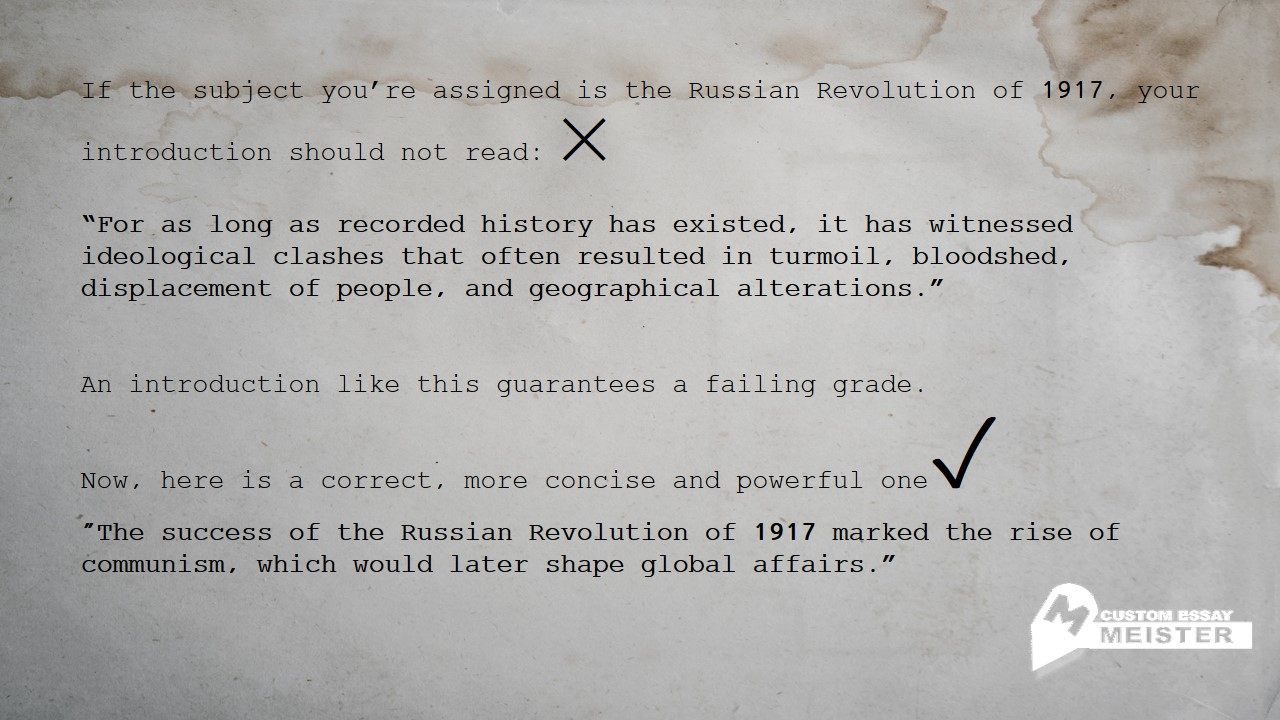How to Write Good Essay on History
A sked if you know how to write a historical essay, you tell yourself it’ll be easy as long as you have the topic since you just have to use your own words in re-narrating history. No, you thought wrong. Although you’ll base a lot of your writing on historical text, it doesn’t mean that you’ll simply rewrite it. You will need to write, interpret, define your thesis, support it with necessary evidence, analyse and conclude.
A straightforward introduction
Do not use dramatic words because they’re inappropriate when used in a historical context. It must contain a clue of what you will prove later on in your thesis statement . You’re learning how to write a historical essay that is based on real life and facts, not a verbose and romanticized interpretation of a simple event.
Thesis
Ask yourself what it is you’re trying to prove. This is your own argument, your opinion on the subject and therefore, you need to explain it and support it with evidence. It’s not a repetition of a known fact. For instance, “The Russian Communists successfully overthrew the monarchy in 1917” is not a thesis statement, it is a fact.
This is a thesis:
“The birth of communism in Russia in 1917 had been the result of the cruelty of the Russian aristocracy towards the common people.”
Your thesis, along with supporting evidence, must be discussed in each of the body’s paragraphs. As you strengthen your thesis statement from paragraph to paragraph, you must support every claim with evidence.
Analysis of the thesis
Since your thesis must get stronger with every claim and supporting evidence in each of the body’s paragraphs, the analysis must be present in the transition from one paragraph to the next. Its purpose is to strengthen your argument. In a basic sense, the analysis should demonstrate the logical connection and relationship of one paragraph to the next, until you reach your conclusion.
A convincing conclusion
Repeating or just summarizing the claims of your thesis statement is simply not enough. The manner in which you write the conclusion should be convincing, wrapping up what you have written in your introduction and prove the importance of your thesis statement and its claims. Your conclusion should be convincing and powerful enough to drive your reader to ask questions about the subject, like: “How might present-day Russia be if there had been forces that put an end to the suffering of the common people before 1917?” It must make the reader take interest in the subject and think about the greater effects of that particular event.
Additional considerations
Validity of sources
Knowing how to write a historical essay requires an evaluation of which sources to use . Help yourself to a generous number of primary sources. Primary sources are literature written by historians who participated in the subject that you are writing about. Primary sources will boost the success of your essay because you are writing from the perspective of people who were directly involved. Newspaper articles, records, books, and articles from government libraries – all these are valid, reliable primary sources. Now, on to secondary sources. These are literature written by historians of a more recent time who were not directly involved but wrote according to the account of the primary sources. If you want to use secondary sources, then they must be scholarly. Do your research about the work of these authors. Make sure that your secondary sources are reputable, scholarly, recognized, and acclaimed by academic authorities.
Chronology
This is a historical essay and you should not ever confuse events. 
